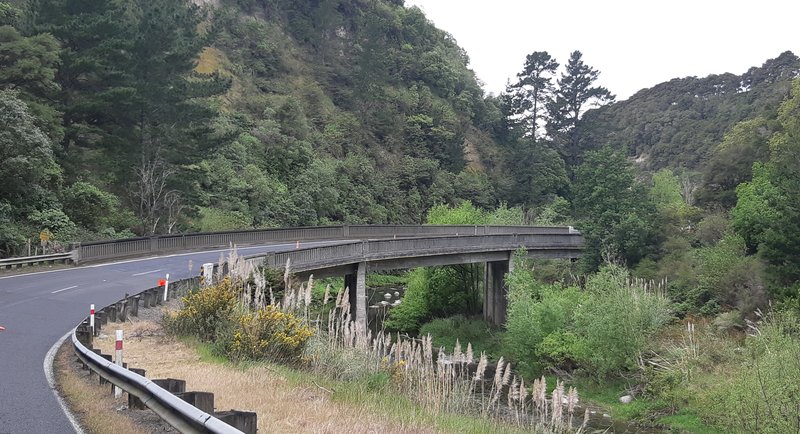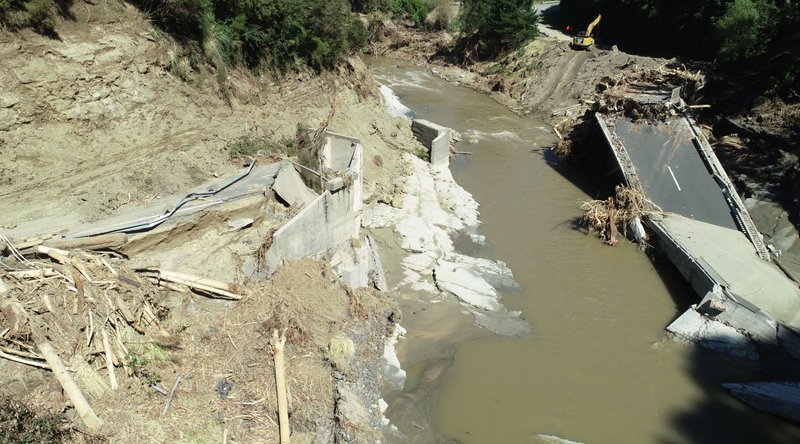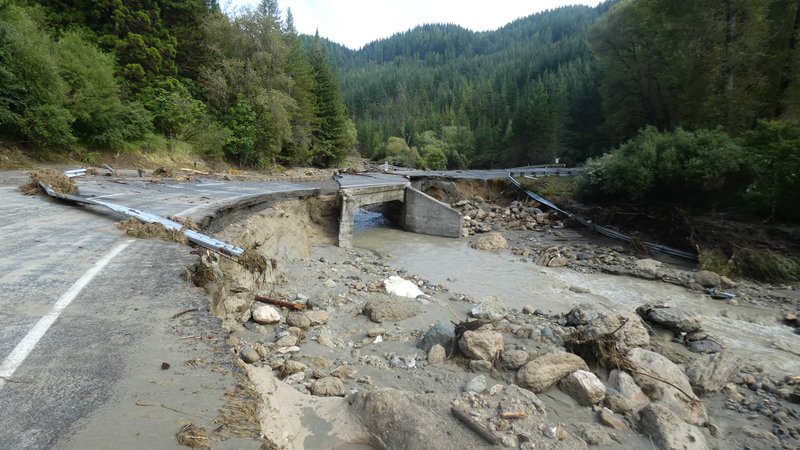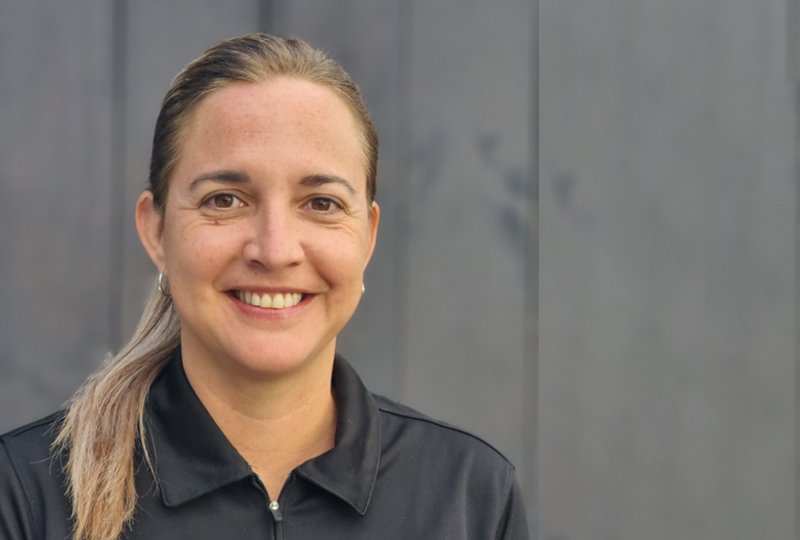3 May 2023
Tropical Cyclone Gabrielle was an historic event, causing widespread damage and the tragic loss of 11 lives. Natalia Uran of WSP shares her experience of responding to the damage it caused in real time.
Natalia Uran is the Work Group Manager for Bridges and Civil Structures at WSP in Napier. As well as managing her team, she’s involved with looking after the maintenance of bridges and civil structures on the State Highway network both in Hawkes Bay and Tairāwhiti.
On the morning the cyclone hit, Natalia’s first priority was making sure her team were all safe. She then met with her inspectors at the office, ready to get out on the network and evaluate the damage. But within half an hour the office lost power and things started evolving rapidly from there.
Inspectors were able to get a view of the network and begin to assess the situation using a drone, while Natalia relocated to her home. But within a few hours she lost power again, along with all communications, including cell signal and internet. “Communication was vital at that point in the process because we were trying to decide – ‘do we close this bridge? Do we close this road?’ And then get that recommendation to Waka Kotahi.”

Waikare River Bridge before Cyclone Gabrielle. Photo: Natalia Uran
Natalia contacted some friends at Hawkes Bay Regional Council and was able to secure a couple of desks at Civil Defence in Napier. Once there, Civil Defence could share information about the network from their flyovers, and Natalia’s team could immediately let them know which roads were open or closed.
The initial focus for Natalia’s team was dealing with the connection between Napier and Hastings, where just one-and-a-half bridges were left unscathed out of the five normally available.
The ‘half’ was the Waitangi bridge on State Highway 51, which had three piers on its upstream side clearly damaged, while the downstream side seemed alright. “That was a quick win for us because we were able to quickly analyse it, with support from our national team in Christchurch. They crunched the numbers in the background while we coordinated things on the ground, and we were able to confirm the downstream side was safe and could be opened to traffic.”

Waikare River Bridge post Cyclone Gabrielle. Photo: Natalia Uran
Natalia’s team were sometimes able to facilitate incredibly quick repairs. “We’ve dealt with damage from storms in the past, so in some cases we were quite familiar with the type of damage that occurred and had an off-the-shelf design that we were able to put out quickly to the contractors,” says Natalia.
“The Expressway (SH2) and State Highway 50 are good examples of that, where by Friday, both routes were open,” she adds.
When asked how Cyclone Gabrielle compares to other events she has responded to, Natalia says, “This is more significant by miles. The amount of debris left behind is so widespread – it’s everywhere and there are mountains of silt.”
But the storm also showed how far engineering has advanced. “It was generally the older bridges that failed. The newer bridges behaved fantastically. For example, the new bridge over the Wairoa River that was built after Bola – it had no issues whatsoever.”

Te Ngarue Bridge post Cylone Gabrielle. Photo: Natalia Uran
It was generally the older bridges that failed. The newer bridges behaved fantastically.
Natalia has been impressed by how committed everyone has been to repairing the network as quickly as possible, from Waka Kotahi and the councils, to Civil Defence, contractors, and the local communities. “They were stretched to the absolute limits, but they still put everything aside and focused on joining these communities back together.”
“Everyone I’ve been in contact with has been doing the mahi and going above and beyond.”

Natalia Uran. Photo: Natalia Uran




